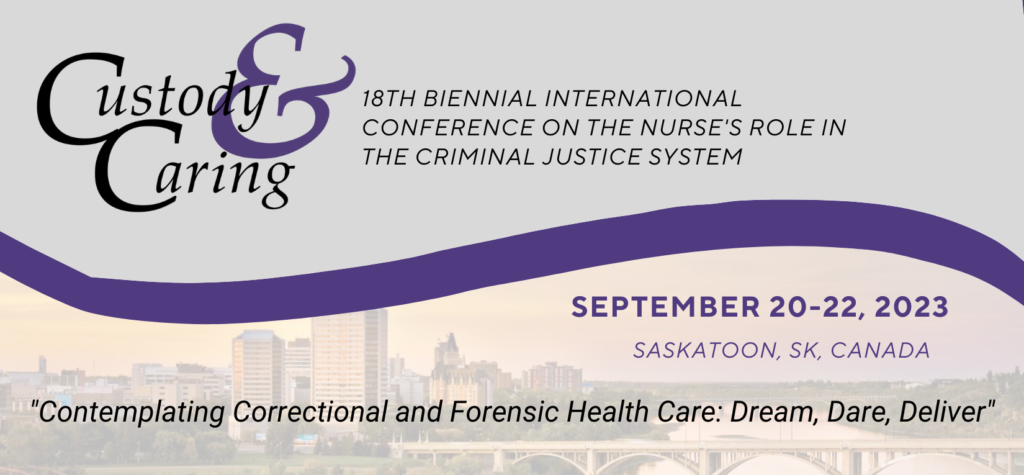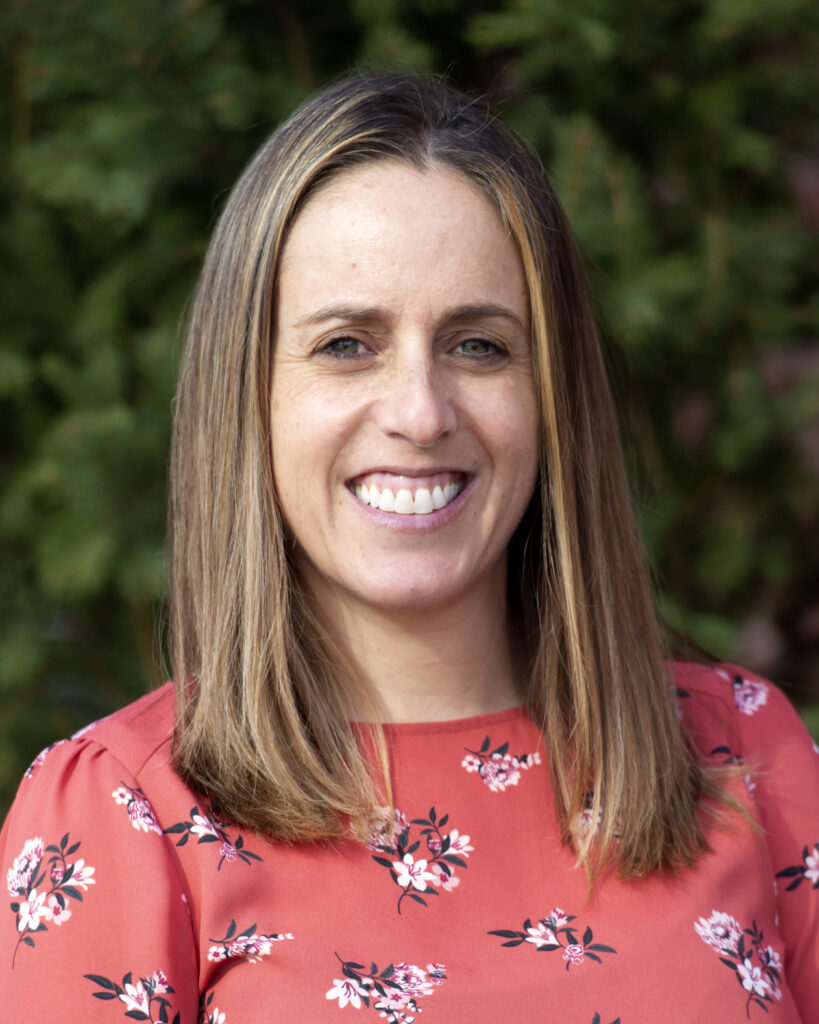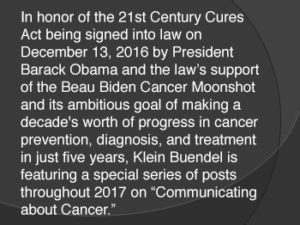STAC-T Usability Testing Results
A research team from Boise State University and Klein Buendel have published a paper in JMIR Human Factors entitled, “Usability Testing of a Bystander Bullying Intervention App (STAC-T) for Rural Middle Schools: A Mixed-Methods Study.” The paper reports on the conduct and outcomes of the usability testing of a bystander bullying intervention app for rural middle school students.
Students who are targets of bullying are at high risk for negative mental health outcomes including depression, anxiety, and suicidal ideation. Implementing school-based bullying prevention programs reduces bullying. Bullying prevention programs are particularly important in rural schools, as bullying is more prevalent in rural schools compared to urban schools. Comprehensive, school-wide bullying prevention programs, however, require resources that create significant barriers to implementation for rural schools. Because technology-based programs can reduce some of these implementation barriers, the development of a technology-based program to address bullying increases access to bullying prevention for students in rural settings.
This study assessed the usability and acceptability of the STAC-T app and differences in usability between school personnel and students. Qualitative feedback related to usability, program features, and feasibility was also obtained and analyzed. A sample of 21 participants (10 school personnel and 11 students) recruited from two middle schools in rural, low-income communities in two states completed usability testing followed by a qualitative interview. We used descriptive statistics and independent sample t-tests to assess usability and program satisfaction. We used consensual qualitative research (CQR) as a framework to extract themes related to usefulness, relevance, needs, barriers, and feedback for intervention development.
Usability testing indicated the app was easy to use, acceptable, and feasible. Both school personnel and students rated the app well above the standard cutoff score for above-average usability (68.0) and both school personnel and students gave the app high user-friendliness ratings (0-7 scale, with 7 high user-friendliness). Overall ratings also suggested school personnel and students were satisfied with the program. Among school personnel, 100% said they would recommend the program to others and 10%, 50%, and 40% rated the program as 3, 4, and 5 stars, respectively. Among students, 90.9% said they would recommend the program to others and 27.3% and 72.7% rated the program as 4 stars and 5 stars, respectively. There were no statistically significant differences in ratings between school personnel and students.
Qualitative data revealed that both school personnel and students found the STAC-T app useful, relevant, and appropriate, while providing feedback related to the importance of narration of the text and the need for teacher and parent trainings to accompany the student program. Data also showed school personnel and students would find a tracker useful, in which students could report the different types of bullying they witnessed and strategies they used to intervene. Data from school personnel also indicated the program was perceived as practical and very likely to be adopted by schools, with time, cost, and accessibility being noted as potential barriers for schools in rural communities. The results demonstrate high usability and acceptability of the STAC-T app and provide support for implementing a full-scale randomized controlled trial to test the efficacy of STAC-T.
This research is funded by an STTR Phase II grant to Klein Buendel from the National Institute on Minority Health and Health Disparities at the National Institutes of Health (MD014943; Dr. Aida Midgett, Principal Investigator, Boise State University). Co-authors include Dr. Diana Doumas, Dr. Claudia Peralta, and Dr. Blaine Reilly from Boise State University; Dr. Matthew Peck from the University of Arkansas; and Ms. Mary Buller from Klein Buendel. The STAC-T modules were graphically designed and programmed by Klein Buendel’s Creative Team.








